Research and publications
We carry out transport research, think-pieces and policy guidance for national agencies, local councils, and other clients, and regularly publish and present to the industry (including many award-winning papers). Below are links to our latest published work:

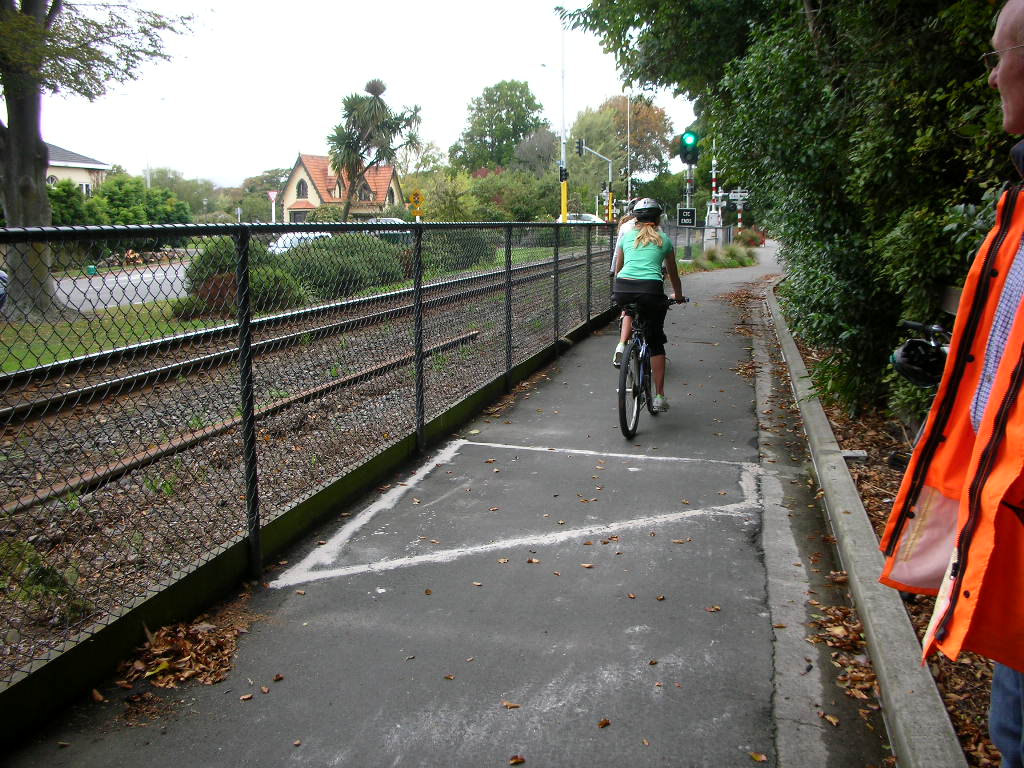 ViaStrada researched continuous cycle counting technology for the New Zealand Transport Agency. The research report is
ViaStrada researched continuous cycle counting technology for the New Zealand Transport Agency. The research report is 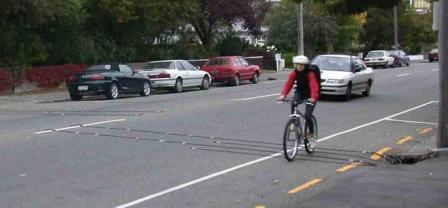 This project consisted of two components:
This project consisted of two components: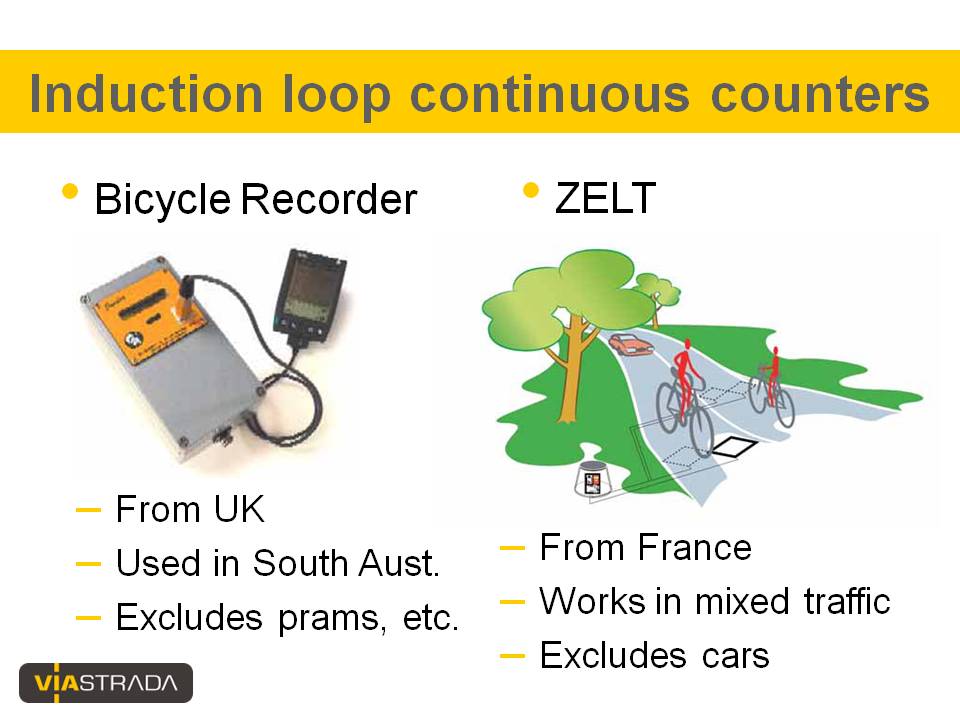 This presentation discusses recent work done by ViaStrada on cycle traffic counting, including a survey of all councils and Transit offices about their experience with and aspirations for counting cycle traffic and a literature review of continuous cycle counters.
This presentation discusses recent work done by ViaStrada on cycle traffic counting, including a survey of all councils and Transit offices about their experience with and aspirations for counting cycle traffic and a literature review of continuous cycle counters.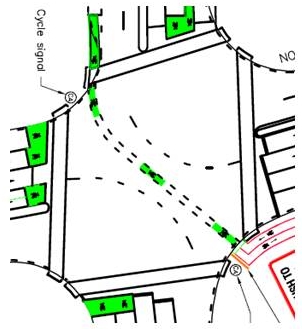 The purpose of this presentation is to stimulate discussion and feedback from signal engineers at the SNUG (Signals NZ User Group) workshop. The presentation, focusing on the technical details, is based on the diagonal crossing paper presented at the 6th NZ Cycling Conference, but addresses a different target audience.
The purpose of this presentation is to stimulate discussion and feedback from signal engineers at the SNUG (Signals NZ User Group) workshop. The presentation, focusing on the technical details, is based on the diagonal crossing paper presented at the 6th NZ Cycling Conference, but addresses a different target audience.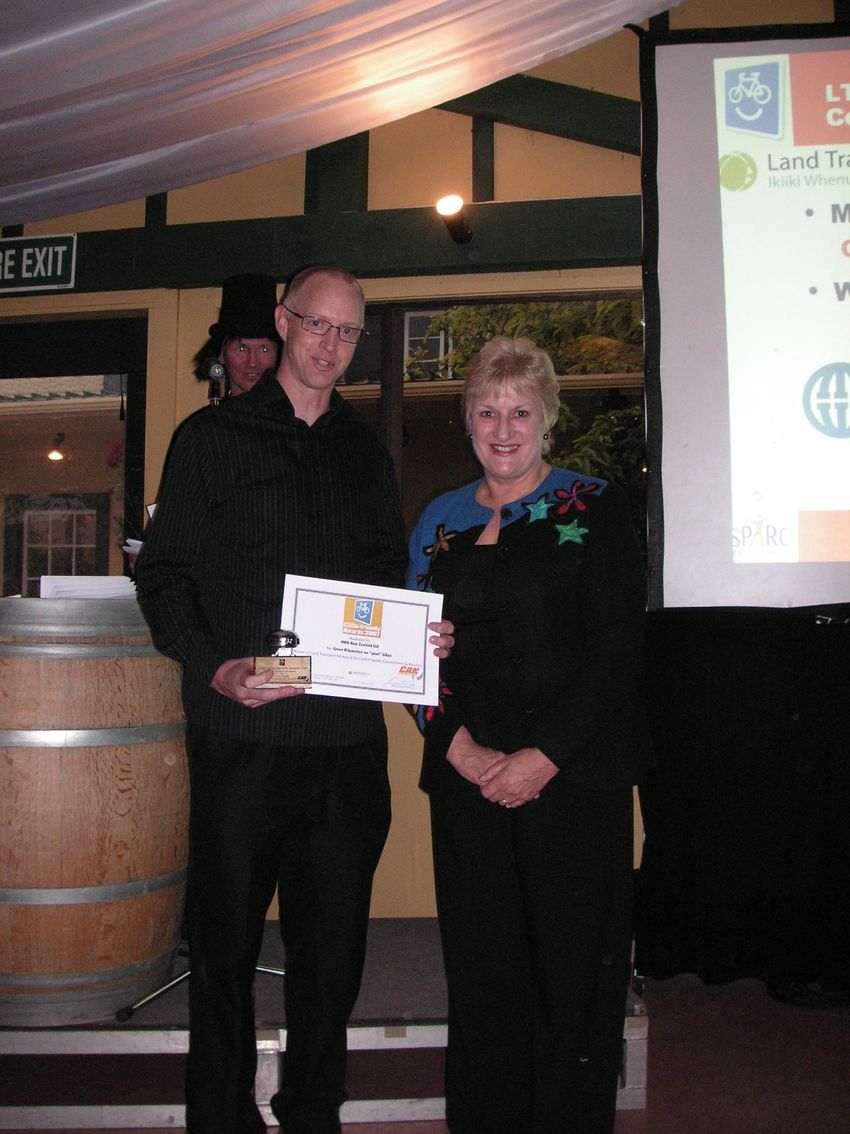 Devised by the Cycling Advocates’ Network (
Devised by the Cycling Advocates’ Network (